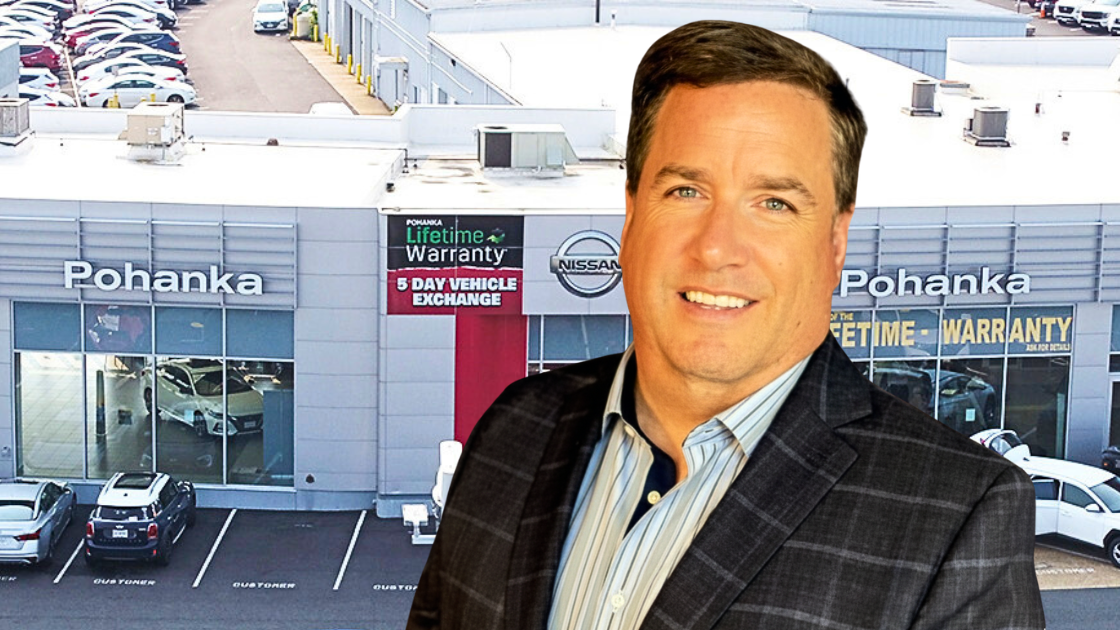Modern vehicles are more complex than they’ve ever been, and nowhere is that more apparent than in the latest recall data.
By the numbers: Automakers issued 96 recall campaigns covering nearly 8.5 million vehicles in Q3 2025, up 16% quarter-over-quarter, and marking the second consecutive quarter of elevated recall activity, according to BizzyCar.
Ford $F ( ▲ 0.95% ) dominated Q3 with 24 campaigns affecting 5 million vehicles, nearly 60% of all recalled units nationwide.
Year-to-date, Ford has recalled almost 9.5 million vehicles spanning over 100 campaigns.
The single largest issue was backup camera failures affecting over 1.75 million vehicles. Electrical systems were the second largest issue (1.69 million vehicles), followed by fuel systems (1.6 million).
Three “Park Outside” advisories were issued, covering 200,997 vehicles.
What they’re saying: “The sheer volume of recalls this quarter highlights how complex modern vehicles have become,” said Ryan Maher, CEO of BizzyCar. “Safety-critical systems like brakes, fuel, and electronics must be addressed promptly to prevent accidents.”
Why it matters: For dealers, recalls are a huge service opportunity to revenue with mandatory repair work (franchise dealers are the only institutions authorized to complete recalls). And the most elite dealers are leveraging technology to capture more of these customers that might not otherwise visit the dealership.

OUTSMART THE CAR MARKET IN 5 MINUTES A WEEK
No-BS insights, built for car dealers. Free, fast, and trusted by 55,000+ car dealers.
Between the lines: 769,256 vehicles (roughly 9.1% of Q3 recalls) are eligible for Over-the-Air (OTA) software-based repairs.
OTA updates are efficient and increasingly common, but they can reduce opportunities for valuable dealer engagement.
However, the majority of these safety-critical issues cannot be fixed completely remotely, and still require physical repairs at dealerships.
Big picture: Service and parts revenue tends to be stable regardless of market conditions or economic headwinds, creating consistent demand even during slow sales periods.
With that in mind, more dealers are honing in on their recall process by:
Training specific personnel focused solely on recall outreach and scheduling.
Using mobile service as an entry point. BizzyCar projects that 70% of dealers will have at least one mobile service vehicle by 2027.
Developing technician pipelines. Ford dealerships alone face a 6,000-person technician shortage, but dealers like Ed Roberts are investing in apprenticeships and in-house training programs to build competitive moats for tomorrow's service capacity.
Using recall appointments to surface deferred maintenance, sell accessories, discuss trade-in values, and schedule future service.
What we’re watching: Analysts expect recall volumes could increase further as supply chain challenges and global tariffs impact OEM parts flow, potentially mirroring the 2020-2021 period when automakers shipped vehicles that later required retrofitting.
Final word: As new car margins shrink, the pressure to innovate service work is intensifying.
A quick word from our partner
Winning in today’s market means more than just adjusting prices or boosting ad spend.
It’s about seeing what’s holding each vehicle back - and taking smarter action from day one.
Long before AI became a buzzword, Lotlinx built the industry's first VIN performance platform — powered by AI and the most robust dataset of VIN and shopper behavior — to help dealers optimize every vehicle and maximize profit.
With Lotlinx, dealers can:
Spot inventory risk before it hits
Move cars with precision
Turn each VIN Into a star
Visit lotlinx.com to discover how to win with every VIN and maximize profit - one VIN at a time.













